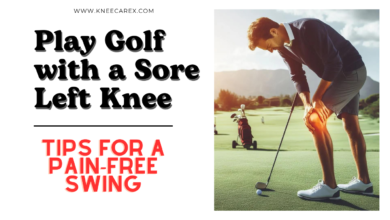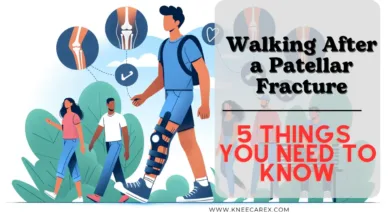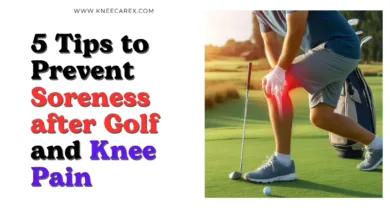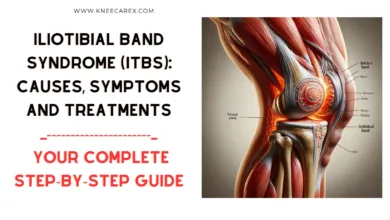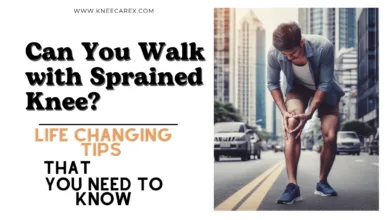Best Guide: How to Prevent and Treat Rash from Knee Braces
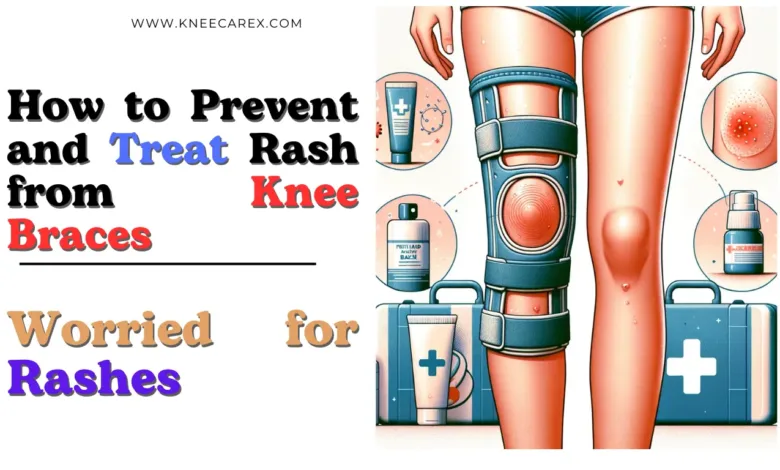
Get ready to remove rash from knee brace! Is your knee brace causing you to get that bothersome rash? You experienced a sudden, intense ache in your knee. We’re here to support you, so you’re not alone! We’ll explore the causes of these problems in this blog post, along with treatment and prevention options. Now, take a cup of your preferred beverage, and let’s begin enhancing the comfort of wearing a knee brace!
Contents
Understanding Knee Brace Rash:

Mystery of the Itchy Knee:
Because of the pressure, friction, and moisture, wearing a brace can produce an itching knee, a complex problem. The brace’s continuous movement may result in microtears, facilitating irritating penetration and irritation. Furthermore, sweat and heat trapped between the skin and the mount can encourage the growth of bacteria, aggravating the possibility of a rash. It is crucial to use barrier creams or powders before donning the brace, clean and dry the skin and mount regularly, and select breathable materials to avoid or lessen this pain.
Preventing the Rash:
Knee braces can be uncomfortable and impair performance, so selecting breathable and moisture-wicking materials is essential. This lessens the possibility of irritation and chafing, enabling prolonged use without developing an unpleasant rash. Preventing rashes also requires proper sizing and fitting. A tight, but not too close, brace reduces skin friction and lessens the chance of causing uncomfortable inflammation. By prioritizing these measures, athletes can reap the benefits of knee braces without worrying about long-term adverse effects.
Choosing the Right Brace:
The type of material chosen determines how effective knee braces are. Neoprene is well-liked for its adaptability and toughness; however, people who have allergies or sensitivity issues may find it uncomfortable. Breathable materials, such as cotton or moisture-wicking fabrics, enhance comfort and help avoid rashes. For delicate skin, hypoallergenic materials such as silicone or latex-free are advised. Seeking medical guidance can assist in identifying the ideal material for particular requirements, guaranteeing a customized approach to knee brace choice.
Also Read; 10 Better Ways to Keeping Your Knee Sleeve From Rolling Down During Exercise
Skin Care Routine:
Because of the frequent pressure and touch, wearing a knee brace necessitates good skin care. Use a light cleanser to start with a gentle cleanse, and then add a calming moisturizer. To avoid rashes and chafing, check the brace’s fit regularly. Ensure the mount is on your knee correctly, and take breaks so your skin can breathe. This straightforward procedure can keep the skin behind your knee brace healthy and help prevent rashes.
Exercise and Movement Tips:

Treating the Rash:
Although knee braces can result in a rash, there are calming techniques to ease pain. Choose a hypoallergenic and breathable brace made of soft materials, keep the affected region clean and dry, use barrier lotions or ointments for sensitive skin, and apply a light moisturizer. These techniques assist in controlling rash symptoms and preserving skin integrity, even when wearing knee braces daily. Implementing these tactics into your routine allows you to manage rashes and keep your skin healthy.
Home Remedies and Over-the-Counter Solutions:

When to See a Doctor:
Signs of an underlying infection or allergic reaction that needs medical attention include rapid spread, discomfort, fever, and chills. Seeking expert help is necessary if over-the-counter medications are ineffective in improving the rash. A persistent inflammation could be a sign of something more dangerous. You must see a doctor for a more complex skin condition if the rash turns into blisters, open sores or arises in unexpected places. Prompt medical intervention guarantees successful treatment and avoids problems.
Living with a Knee Brace:
Although it can be difficult, living with a knee brace is not impossible. To guarantee comfort, appropriate positioning and fitting, and continue routine skin care. While braces can restrict the range of motion, low-impact activities like yoga and swimming can increase strength and flexibility without putting undue strain on the knees. Maintaining an active lifestyle that fits with the brace is also critical. A positive outlook on wearing a knee brace might help with overall comfort because it permits daily activities while supporting chronic problems or assisting in rehabilitation.
Daily Life Hacks:
Knee injuries might make it difficult to wear a knee brace. Choose loose-fitting clothes and moisture-wicking materials to reduce discomfort. These modifications can lessen skin irritation and increase comfort. Apply talcum powder or anti-chafing cream to the parts of your skin where the brace touches your skin to control sweat. Rashes and discomfort can be avoided by taking regular breaks to let fresh air in, and pat dry any accumulated work. You can enjoy living with a knee brace without having to deal with pain and aggravation all the time if you adopt these easy yet powerful tactics into your daily routine.
Emotional Support and Coping Strategies:
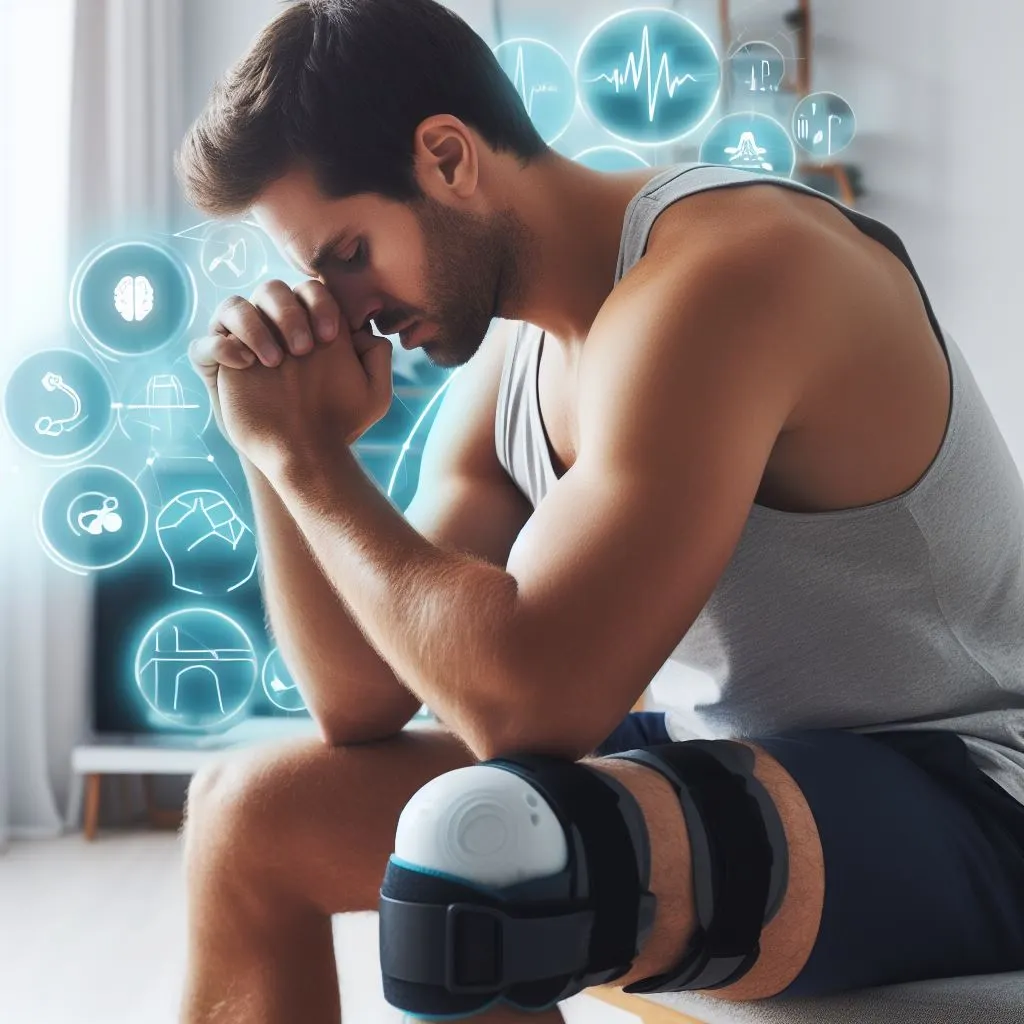
FAQ’s
Can you get a rash from a knee brace?
Because of the heat, sweat, and friction, wearing a knee brace for extended periods can irritate the skin. Sensitive skin may become irritated by the brace’s material, which includes poorly fitted or synthetic materials. Use barrier creams or powders before brace application, ensure skin is clean and dry, and remove the brace immediately if irritation or redness starts to show. When choosing and wearing a knee brace, it’s essential to consider how your skin will respond to various materials and sizes.
Can braces cause skin rashes?
Skin rashes can result from allergic responses, friction, and ill-fitting knee braces. A good fit, good hygiene, and hypoallergenic padding can all help to avoid rash formation. Rashes might get worse if you have pre-existing skin diseases like psoriasis or eczema. Utilizing breathable materials, moisturizing frequently, and consulting a doctor beforehand can all help reduce the discomfort associated with wearing knee braces.
How do I make my knee brace stop itching?
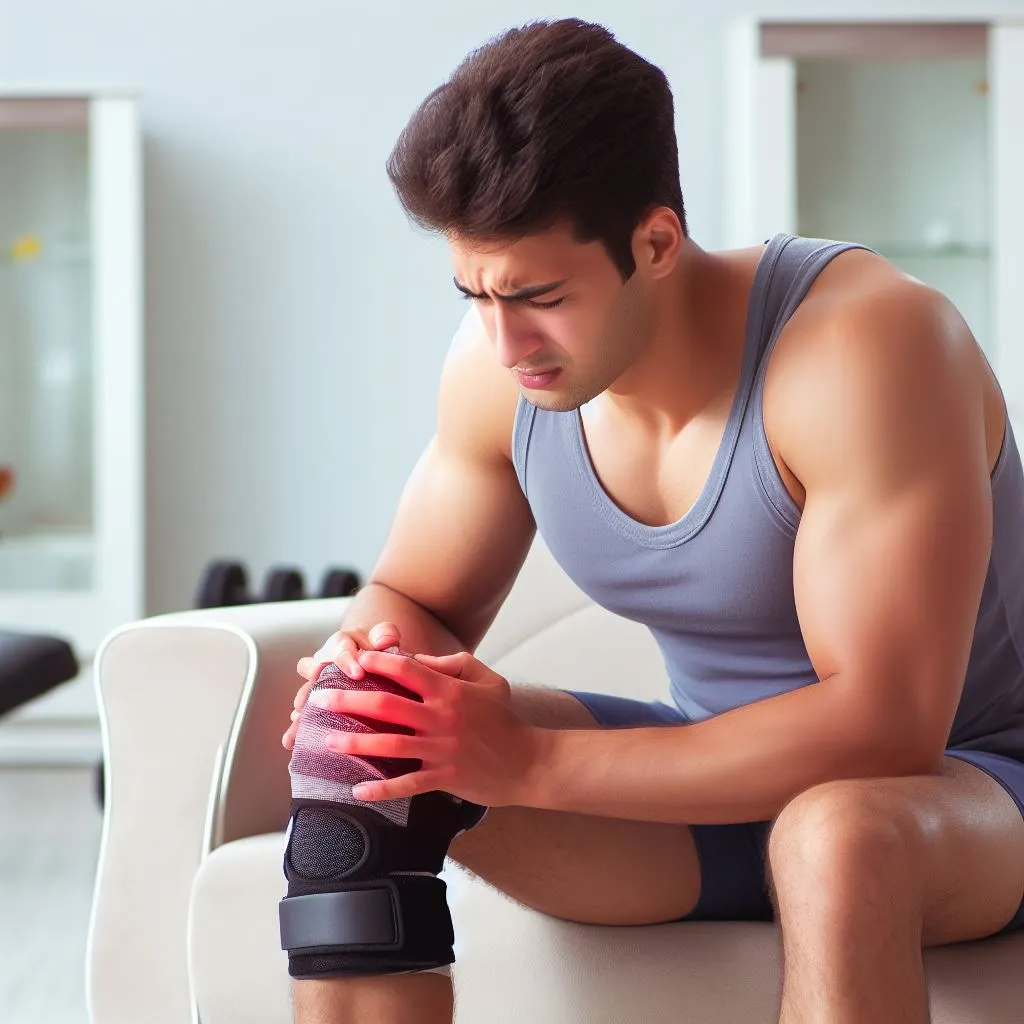
Can a back brace cause a rash?
In addition to providing stability and support for back discomfort or injuries, wearing a back brace can result in irritation because of materials that breathe and friction that can trap sweat. Choose a mount that fits well and is made of breathable materials—dry and clean both the brace and the skin. Refrain from scratching or rubbing excessively.
Conclusion: Rash from Knee Braces
Although knee brace rashes can be extremely painful, they can be successfully treated with the correct information and attention. Remember that each knee is different, so what suits one person might not suit another. Remain calm, pay attention to your body, and don’t be afraid to get help from a professional if necessary. Cheers to better skin and happier knees!
